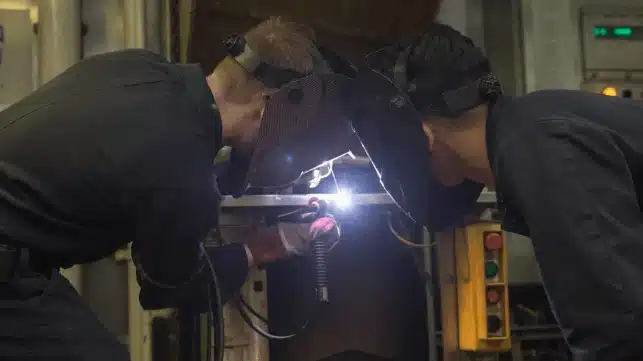Half of the U.S. Navy’s Amphibs Have Serious Maintenance Problems
Concerns Grow Over U.S. Navy's Aging Amphibious Fleet

The U.S. Navy is facing serious challenges in keeping its amphibious assault ships ready for duty, according to a new report from the Government Accountability Office (GAO). The report shows that many of these ships are in poor condition, with some being out of service for long periods. One example is the USS Boxer, which had repair problems and missed a deployment. These issues raise concerns about whether the Navy can maintain the required 31 amphibious ships needed to support the Marine Corps.
Ships in Decline: Maintenance Problems
The GAO report explains that one major problem is the Navy’s decision to cancel maintenance on ships that are about to be retired. This decision has made it harder to keep the ships running and find spare parts. Although the Navy has said it will fully fund maintenance for ships scheduled for retirement, the GAO is worried that the Navy hasn’t changed its policies to ensure this happens. Without new policies, the fleet could continue to decline.
In March 2024, half of the Navy’s 32 amphibious warfare ships were classified as being in “unsatisfactory condition,” meaning they may not last as long as planned. Many of these ships are old. In 2022, the Navy wanted to retire ten Whidbey Island-class and Harpers Ferry-class ships. However, the Marine Corps objected, and Congress stopped the plan. Even though the ships stayed in service, they have continued to suffer from issues like engine breakdowns because maintenance was delayed. The GAO says the Navy must update its maintenance policies to avoid canceling necessary repairs.
Outdated Technology Causing Delays
Another serious problem is the outdated technology on some ships. Seven of the Navy’s amphibious ships, including those in the Wasp class, still use old-fashioned steam engines. These steam engines are no longer used in new ships, which makes it hard to find the right parts and people with the skills to repair them. Many engineers who knew how to fix these steam engines have retired, making repairs even more difficult.
The report also found that poor oversight of repair work has made things worse. Contractors hired to fix the ships have not always done a good job, and the Navy has not made the necessary improvements. Since Wasp-class ships are important to the fleet, they may need to stay in service longer than originally planned. The Navy must find ways to update its maintenance programs and solve these problems if it wants its amphibious ships to remain ready for future missions.
Conclusion: A Fleet in Need of Repair
The GAO’s report is a clear warning: if the Navy does not fix its maintenance and technology problems soon, its amphibious fleet may not be able to support the Marine Corps. As potential conflicts arise, having a reliable fleet of ships is essential. The Navy must act quickly to ensure that its ships are ready to meet the challenges ahead.
